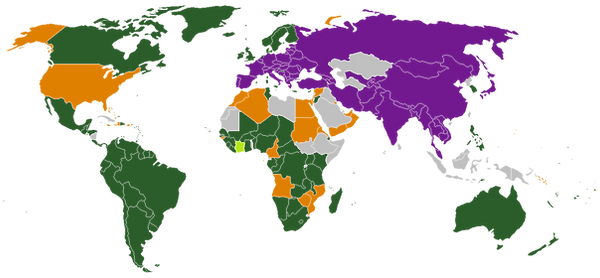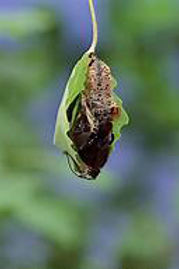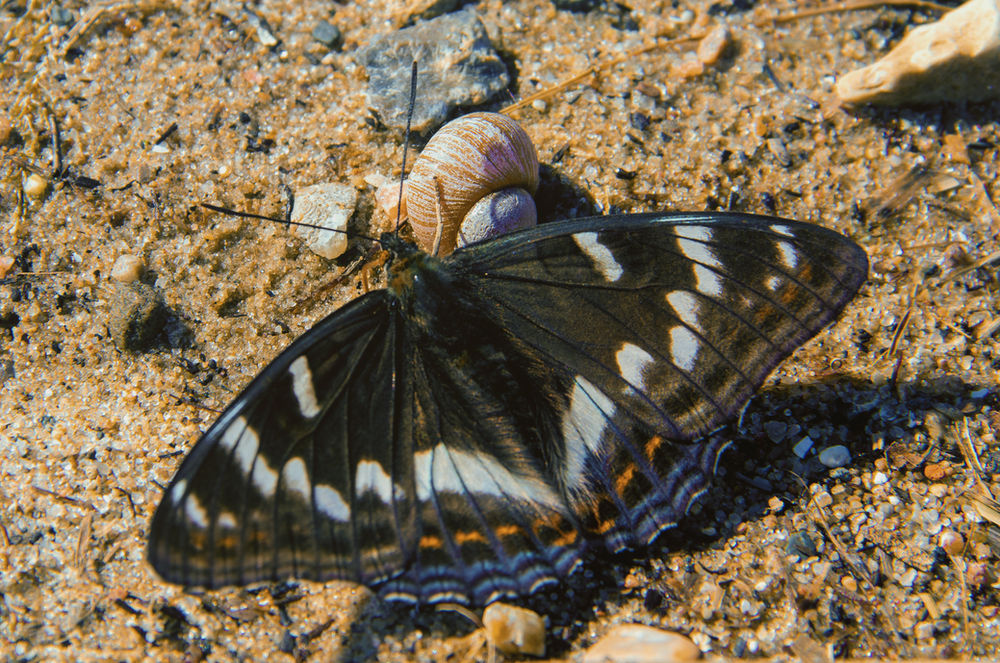top of page
Butterfly populations are a very good indicator of the health of an area's ecosystem !!
Limenitis populi is one of Europe's largest butterfies, with a wingspan of up to 8.5 cm. / 3.34"
Their habitat is widespread in continental Europe and several areas of Asia.
They can be found in deciduous forests, where the trees of Aspen (Populus tremula) or Black Poplar (Populus nigra) grow, because their caterpillars only eat the leaves of these species of trees.
Males of the species are usually easiet to find. Females appear to be more rare, because they stay in the tree tops and infrequently venture to the ground.
Males are very fast fliers, while the females fly quite slowly, reminiscent of gliders.
Females have distinct broad white lines over their back wings.
On the males the lines are narrower and more faint and sometimes are not there at all.
The dorsal surface is dark brown with white spots.
The white stripe is surrounded by orange and blue borders.
The ventral side is orange.
The dorsal surface of the wings is black (brown), with a wide white stripe in the middle.
There is a row of red arc shaped spots on the back edge of the hindwing.
In addition to the striped spots on the leading edge of the forewing, there is one white spot at the base and white and red embroidery at the tip.
The ventral side of wings are rusty orange with white markings similar to those on the dorsal surface.
The margins are blue grey with a row of black spots.
The base of the wings is also blue grey.
They are attracted to foul smells, such as those given off by carrion or dung.
They use their proboscis to draw important salt and minerals from the sap of trees, from the ground or also from sweat.
They do not visit flowers, thus negating any possibility of them being pollinators.
Limenitis populi are attracted to foul smells, such as those given off by carrion or dung.
They do not visit flowers, thus negating any possibility of them being pollinators.
Limenitis populi is a protected species because
they are endangered, primarily due to the clearing of forests containing the trees that they must feed on to survive.

Diet: caterpillars eat the leaves of Aspen (Populus tremula and Poplar (Populus nigra).
Diet: adults use their proboscis to draw important minerals from the sap of trees, from the ground or also from sweat.
Avg. Wingspan: males 6.6 - 7.7 cm / 2.6 – 3.03 ", females 8.2 – 8.5 cm / 3.22 – 3.35”
Family: Nymphalidae

The single biggest threat to butterfly survival is habitat destruction!!
bottom of page




